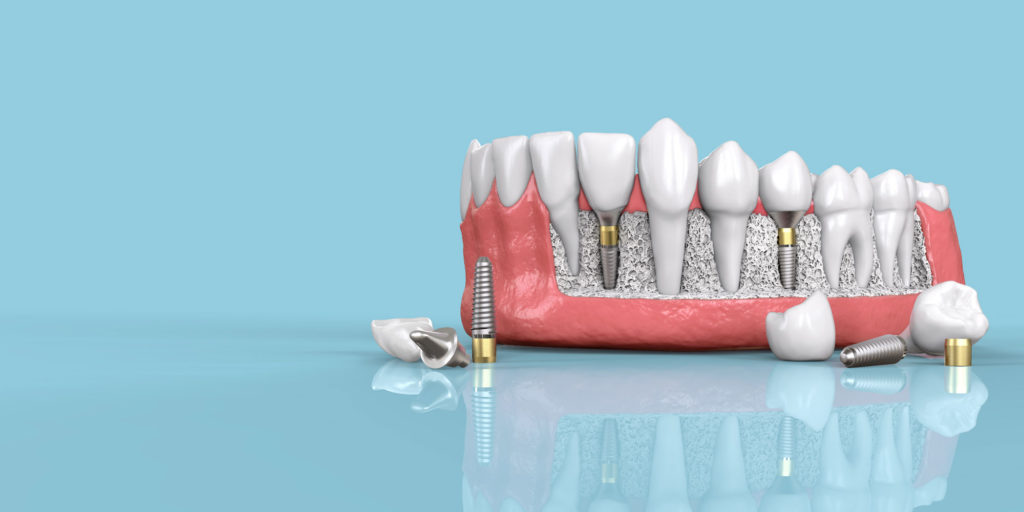Detailing the Dental Implant Procedure
Dental implants in Greenville, SC, are titanium devices that can replace the entire structure of a missing tooth. People lose their teeth for a variety of reasons, such as cavities, injuries, and progressive gum diseases. Dentists recommend dental implants when patients avert other solutions like dentures or bridgeworks. Unlike these devices, titanium devices offer a stable and confident fit, along with natural-looking results.
The procedure will consist of three primary steps. It could change depending on the specific condition.
Surgery steps
At first, dentists will examine the teeth and gum of patients to determine their eligibility for this surgery. Some individuals might require bone graft surgery to promote regrowth in volume and density.
If there are no such needs, they administer local anesthetic to calm them down. Sedatives also help to alleviate any pain or discomfort. Then, practitioners use small tools to create openings in a jaw structure.
These openings are essential to access the underlying bone. After this step, they place metal root posts and seal the wound. A healing period of six months is crucial to allow fusion between natural bone and titanium posts.
During the second appointment, dentists will reopen the wound and mount abutment screws. This component also requires the same level of healing to achieve a stable fit. These abutment screws connect prosthetic crowns with other parts.
Restorative options
A vital component in dental implant treatment is restorative crowns. There are two available options: temporary and permanent. Patients can choose between them based on their preferences and needs.
A permanent crown is beneficial in many ways. It will become loose-fitted after several months. Most importantly, it offers the most natural-looking results by improving the overall facial aesthetics.
Final thoughts
Dental implants are a viable solution to prevent a number of teeth loss problems. The minimally invasive procedure also proves attractive for patients afraid of invasive methods. Ideally, they can recover without any complications.



Comments
Post a Comment